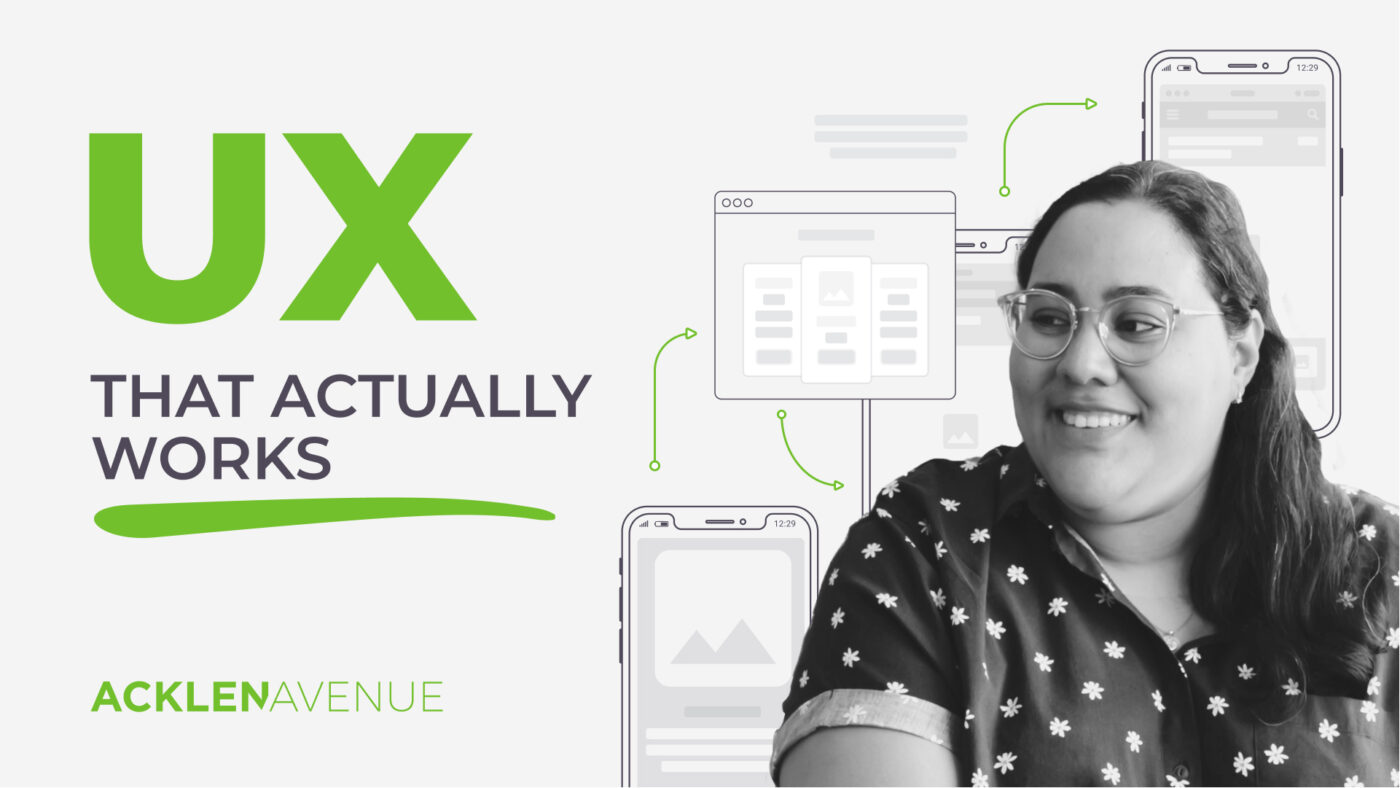
June 2, 2025
What’s an MVP? A simple guide to software development for non-tech founders.
November 29, 2022

Share:
Imagine that you’re looking for buried treasure. All you have is a map, which shows the direct way to find it. Maybe you ask yourself, is it the only way to find it? Are there quicker ways to reach it? Maybe. Whoever drew the map felt that it was the best way to find this treasure, which is your main objective. Maybe they did so through trial and error? Through their own experience? How do we know it’s the best?
That’s what User Experience (UX) is all about. It helps teams define and analyze the possible pathways our users would have to go through in order to fulfill a task within a website or application. UX combines aspects of psychology, business, research, engineering, and of course, design.
A great user experience is practically invisible, felt only through the ease of use and efficiency an application’s functionality provides a user when interacting with the system.
However, a common misconception is that UX and User Interface (UI) designs are one and the same. Not really. UI Design focuses on the looks and feels, the aesthetics of an interface, complementing the experience that has been analyzed and hypothesized previously with UX tools and processes. In other words, UX is not about a button having rounded corners, but what that button can do, where it’s easiest to access, is the text on it clear enough to understand?, etc.
Careerfoundry explains it very well:
“UI is the saddle, the stirrups, and the reins. UX is the feeling you get from being able to ride the horse.”
UX designers guide development teams through a customer’s vision, focusing on their end user’s needs, issues, and expectations. They help shape challenges and define them, analyzing possible solutions while evaluating their efficiency and outcomes through prototyping and user testing. Designers must empathize with users, often “wearing their shoes,” in order to understand and get a better perspective on a user’s needs and pain points.
In order to create a successful user experience, we must not only consider what a user wants, but we must also consider what they truly need. Though it’s easy to assume that all users behave a certain way and use our products and services exactly the same, we must remember that assumptions can be dangerous. UX designers use awesome tools like User Personas and Empathy Maps, to name a few, which allow us to capture as much information about target users and common behaviors amongst them.
It’s also good to remember that often, the simplest solution can be the best one. It’s not necessary to overthink or try to reinvent the wheel when you’re analyzing solutions. Problems are often opportunities for improvement that can further user satisfaction as well.
As a final note, if you’re interested in UX Design but are worried about the prospect of coding? Don’t be! UX Design can be done on a scrap of paper or by using any of the different design tools available today. The key to learning about UX starts with empathy, not code. So don’t be afraid to start learning!